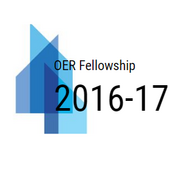
(View Complete Item Description)
As the United States began the most deadly conflict in its history, the American Civil War, it was also laying the groundwork for one of its greatest achievements in transportation. The First Transcontinental Railroad, approved by Congress in the midst of war, helped connect the country in ways never before possible. Americans could travel from coast to coast with speed, changing how Americans lived, traded, and communicated while disrupting ways of life practiced for centuries by Native American populations. The coast-to-coast railroad was the result of the work of thousands of Americans, many of whom were Chinese immigrant laborers who worked under discriminatory pressures and for lower wages than their Irish counterparts. These laborers braved incredibly harsh conditions to lay thousands of miles of track. That trackthe work of two railroad companies competing to lay the most miles from opposite directionscame together with the famous Golden Spike at Promontory Summit in Utah on May 10, 1869. This exhibition explores the construction of the first Transcontinental Railroad and its impact on American westward expansion. This exhibition was created as part of the DPLAs Digital Curation Program by the following students as part of Professor Krystyna Matusiak's course "Digital Libraries" in the Library and Information Science program at the University of Denver: Jenifer Fisher, Benjamin Hall, Nick Iwanicki, Cheyenne Jansdatter, Sarah McDonnell, Timothy Morris and Allan Van Hoye.
Material Type:
Diagram/Illustration,
Primary Source,
Unit of Study
Authors:
Allan Van Hoye,
Benjamin Hall,
Cheyenne Jansdatter,
Jenifer Fisher,
Nick Iwanicki,
Sarah McDonnell,
Timothy Morris




















